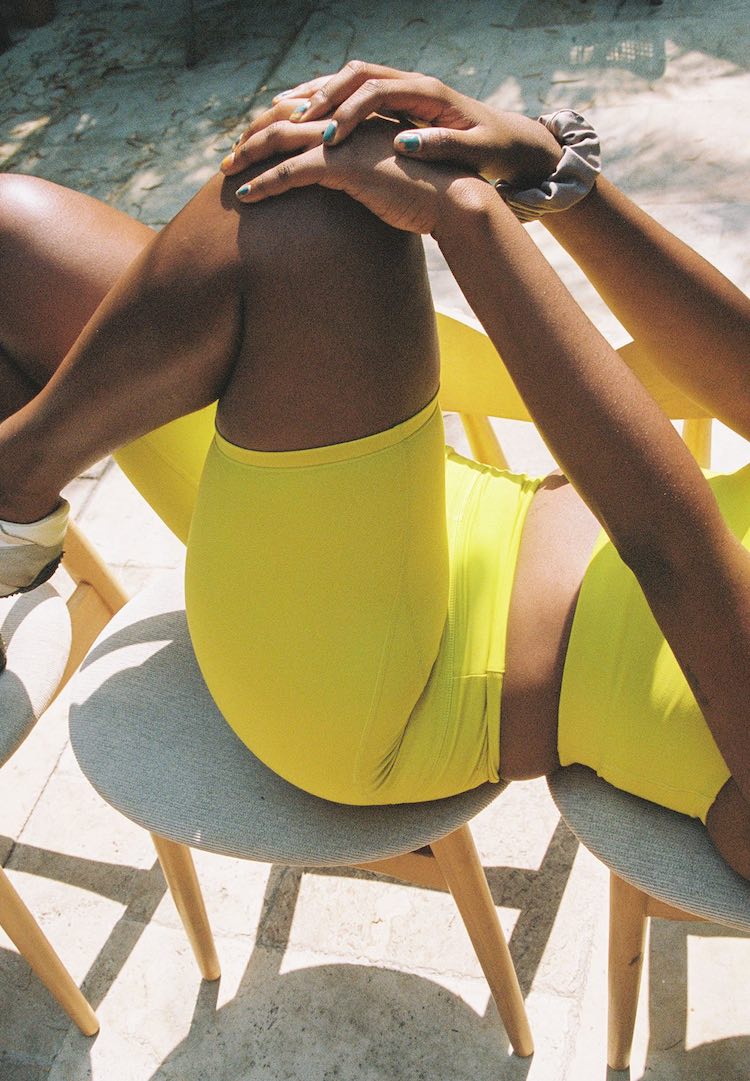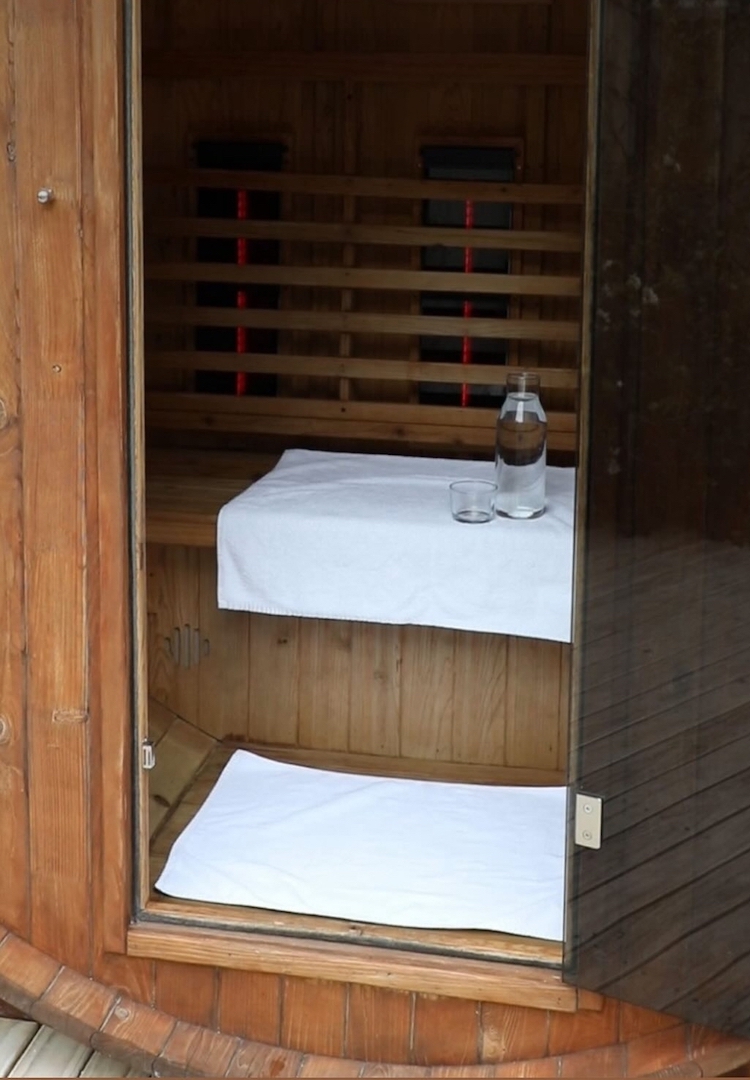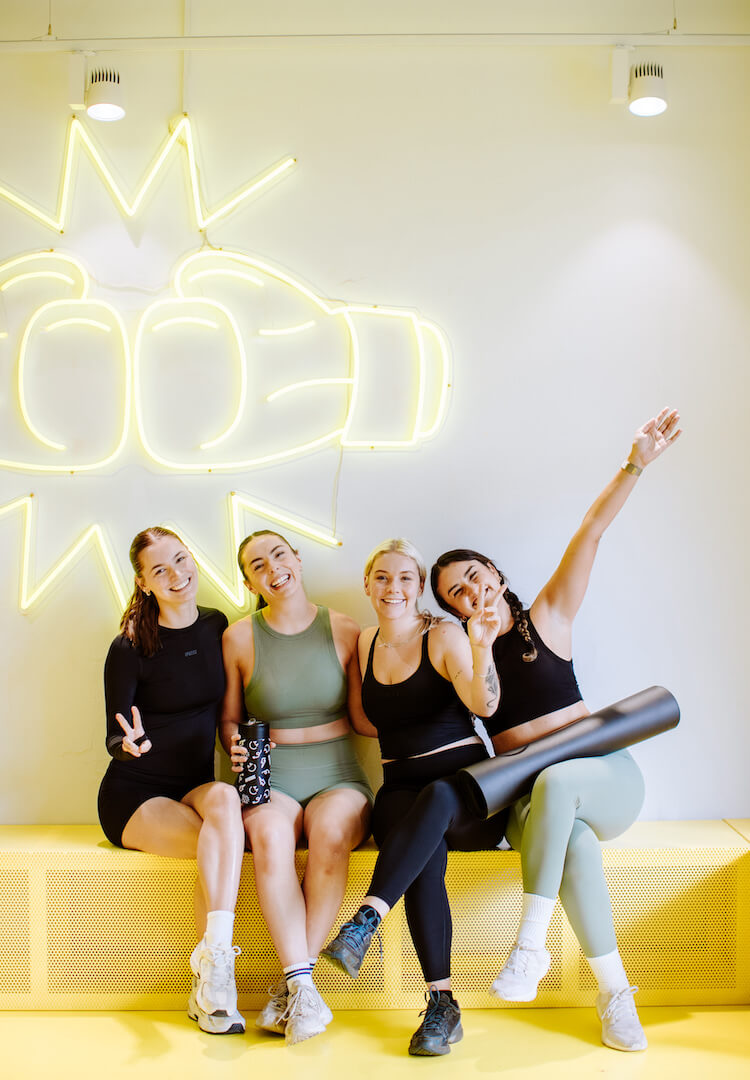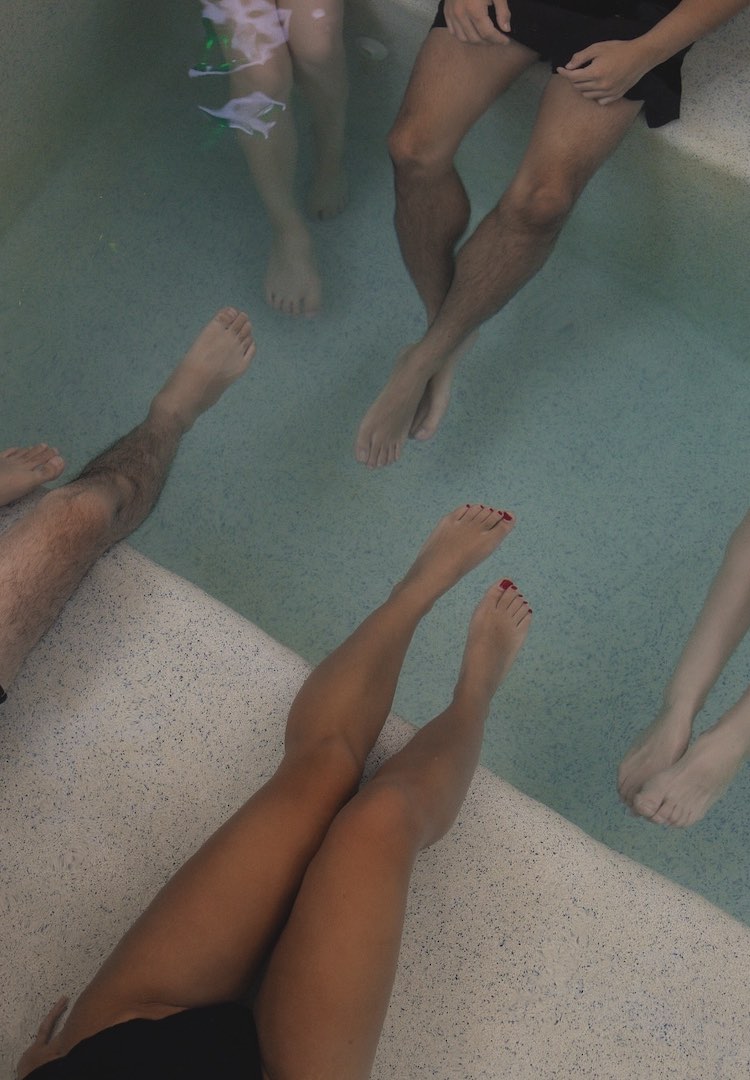How I healed my relationship with exercise using a philosophy called ‘joyful movement’
IMAGE VIA GIRLFRIEND COLLECTIVE
WORDS BY HANNAH COHEN
Moving for the fun of it.
A couple of years ago, my relationship with exercise spiralled into a pretty toxic place. I’d just gotten back from a gap year abroad and had put on a few extra kilos after 12 months of gallivanting around Europe.
During the flurry of partying and travelling, I tried not to worry too much about the inevitable (and completely normal) changes my 18-year-old body was undergoing. Sure, it got me down from time to time, but I did my best to push away any negative self-talk so I could properly focus on living in the moment (read: wreaking havoc).
Interested to hear how others navigate the world? Head to our Life section.
It was when I returned home that things turned a little bleak and my body confidence took a dip. The looming pressure to ‘get my old body back’ had been gnawing at me (with hindsight it’s easy to see that glamorising my teenage body was not it) and gripped me with a chokehold as soon as I arrived at the international arrivals terminal. Now that I was home, I had to lose the ‘gap fat’.
This was the beginning of a very strenuous and negative situationship with the gym. I’d workout for hours until I was dizzy and breathless. I’d beat myself up for missing a session even if my body was screaming for a rest. I pushed myself to exercise until I was effectively crawling out of the gym. I started wearing a Fitbit and meticulously counting my steps and calories, anxiously tapping away at my wrist to check I was staying on track.
I consumed YouTube video after YouTube video, each telling me I should up my cardio, increase my strength training, stick to a diet that created a calorie deficit, and run more kilometres. It was exhausting and ultimately it created a huge disconnect between my lifestyle and my integral feminist values.
For someone who lived for women’s empowerment, I’d fallen victim to the patriarchy’s unrelenting notion that a woman should constantly be ‘working on herself’. This toxic culture of ‘self-optimisation’ is dressed up as self-care but ultimately exists to ensure we’re always shrinking ourselves to an idealised physique. Plus, I hated the gym!
When I stumbled across a post about joyful movement while scrolling through my Insta feed one fateful day, my world was rocked. It sounded revolutionary and yet so obvious – of course physical exercise should be done for the enjoyment of it, not out of obligation.
For those less familiar with the concept, joyful movement is all about tuning into your body’s intuition to guide your approach to exercise in a way that prioritises pleasure. For fans of Mari Kondo, it’s kind of like the Tidying Up of the exercise world – if it doesn’t spark joy, throw it out, babe.
I decided to take it on board and to my surprise, it was absolutely liberating. Discovering joyful movement took me back to the days when how my body looked and what my exercise routine consisted of weren’t even in the same thought sequence. I was a competitive dancer, and the exercise I engaged with was purely motivated by my love for the sport.
I started thinking more intentionally about the kinds of movement and exercise I was engaging in and how they made me feel. I shifted my focus away from believing that a workout was only worth doing if I had beads of sweat rolling off my back, and legs that felt like they’d been filled with lead.
Instead, I started prioritising the kinds of physical activity that boosted my mood and enhanced my daily routine. For me, that’s often taking a walk along the beach with a coffee in hand to clear my head in the middle of a busy workday or starting off my mornings by rolling out my yoga mat next to my housemate and doing a Keep It Cleaner pilates session together. For you, it could be anything that gets those endorphins flowing.
Working out for pleasure has not only healed my relationship with exercise, but it’s also my own feminist protest against the notion that women have to punish themselves with exercise to look a certain way – because actually, we don’t.
I wanted to learn more about the joyful movement scene, so I sat down with Open Floor movement instructor and joyful movement advocate, Tamara Borovica. She leads classes where students are encouraged to explore a chosen emotional topic and embody that experience through free movement.
She shared with me that devoting herself to joyful movement helped her to tap into the power of her body and empowered her to align her feminist values with her expressive movement practices.
“I went through a period in my early twenties of dieting and being overly concerned about how my body looks. And then I dismissed that realisation and thought, this is pretty much a waste of my time, there are many more things that I could do with my time,” she told me.
Tamara was studying for her PhD in gender studies in the ’90s, a decade when diet culture was at its peak. She realised she was developing a sort of cognitive dissonance between her beliefs and how media discourse was negatively influencing the way she was treating her body.
“Myself, like many of my friends, were reading feminist literature… but we were still a little bit lost in how to make sense of the world that we’re stepping in. And being a young woman, there often is [this focus on] how your body is seen and how you’re asked to present it.”
After attending an open floor movement class for the first time and loving it, Tamara realised that engaging in physical activity for reasons other than to change her physical appearance was a journey she wanted to continue exploring.
“I wanted to do research that would tap more into young women’s experiences of the possibility within the body. I was going to movement classes, basically, to feel my body a little bit more, to express through movement what was happening in my psyche, to de-stress, to be in a community of similar like-minded people who are all trying to express through movement and trying to learn by really valuing the wisdom of the body,” she shared.
“Instead of this self-centred idea that we need to train our body so that it looks a certain way so that we get recognition or praise, I would rather teach people how to be okay, and how to feel at home, in their own bodies and in their skin.”
My conversation with Tamara reaffirmed all that I’ve personally gained from using joyful movement to guide my physical activity. Working out to fit a mould taught me to associate exercise with pain and struggle. It sapped all my energy and chipped away at my self-esteem.
Opting for exercise that responds to my body’s cues and brings me joy has gently steered me along a path to healing those old body image wounds, helping me to be kinder to my body and appreciate her for all that she does, rather than fixating on whether or not the patriarchy thinks she’s up to scratch.
For more information on joyful movement, head here.













